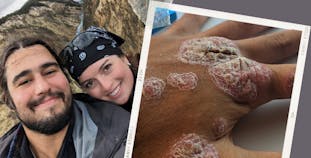December 03, 2021
Advance Online

Advance Online
Fits and Restarts
Though he is early on in his journey with psoriasis, Austin Tolchin has experienced access to care issues, step therapy-related challenges, and difficult flare ups. Fortunately, things are looking up for this young man.


